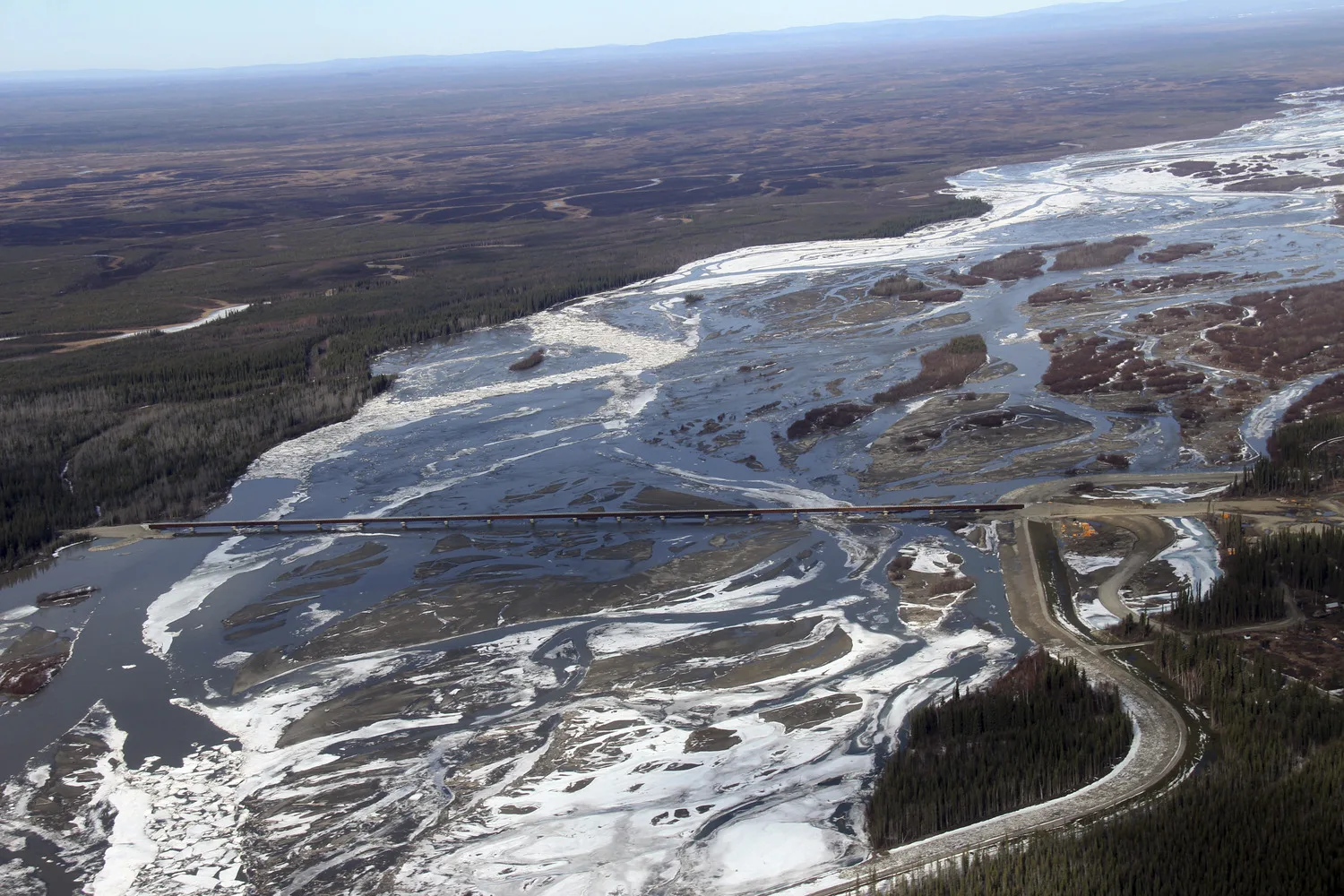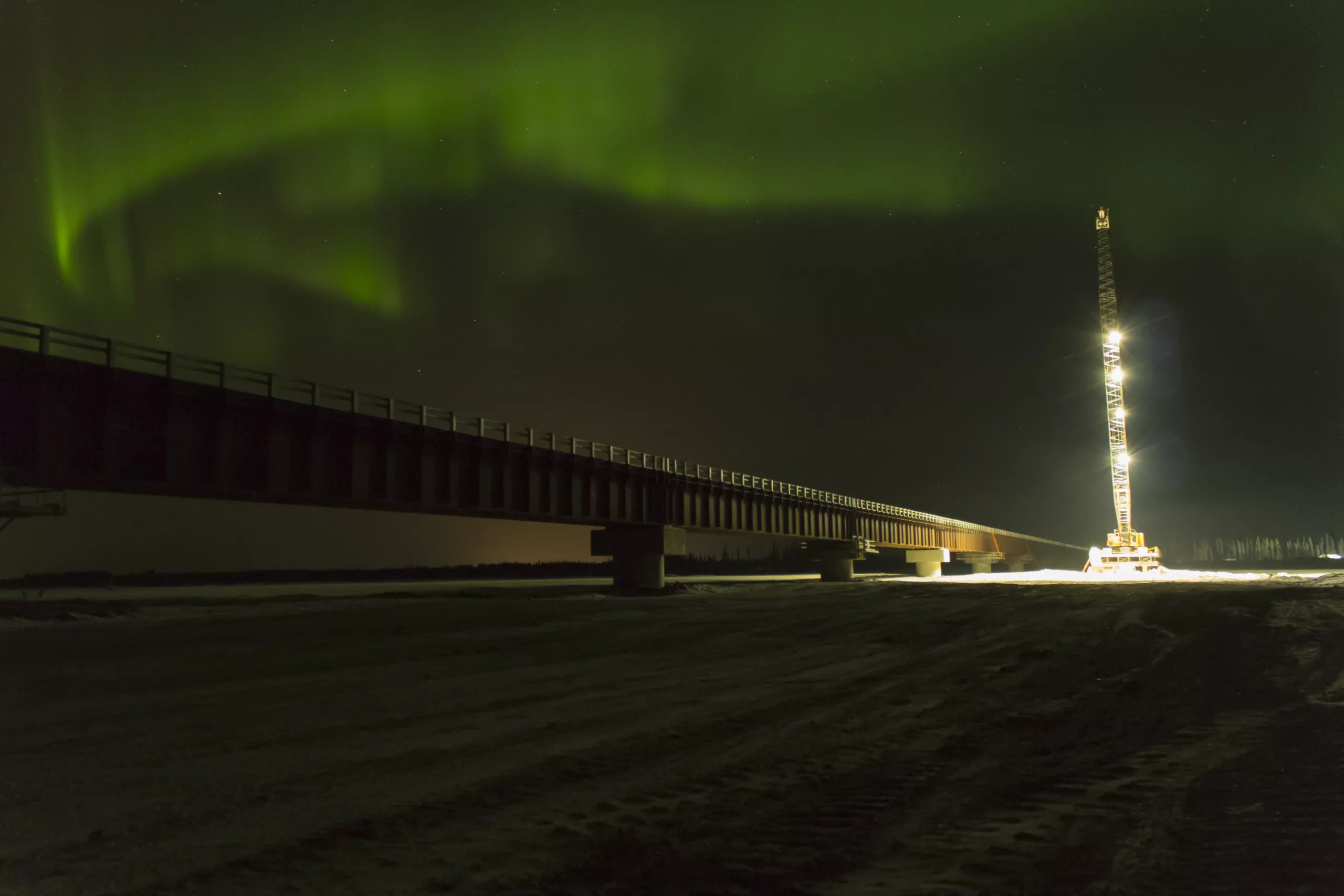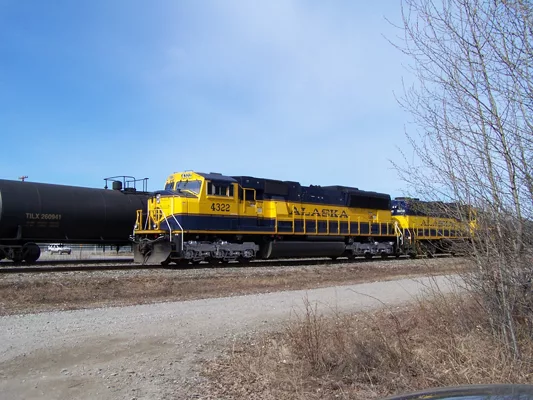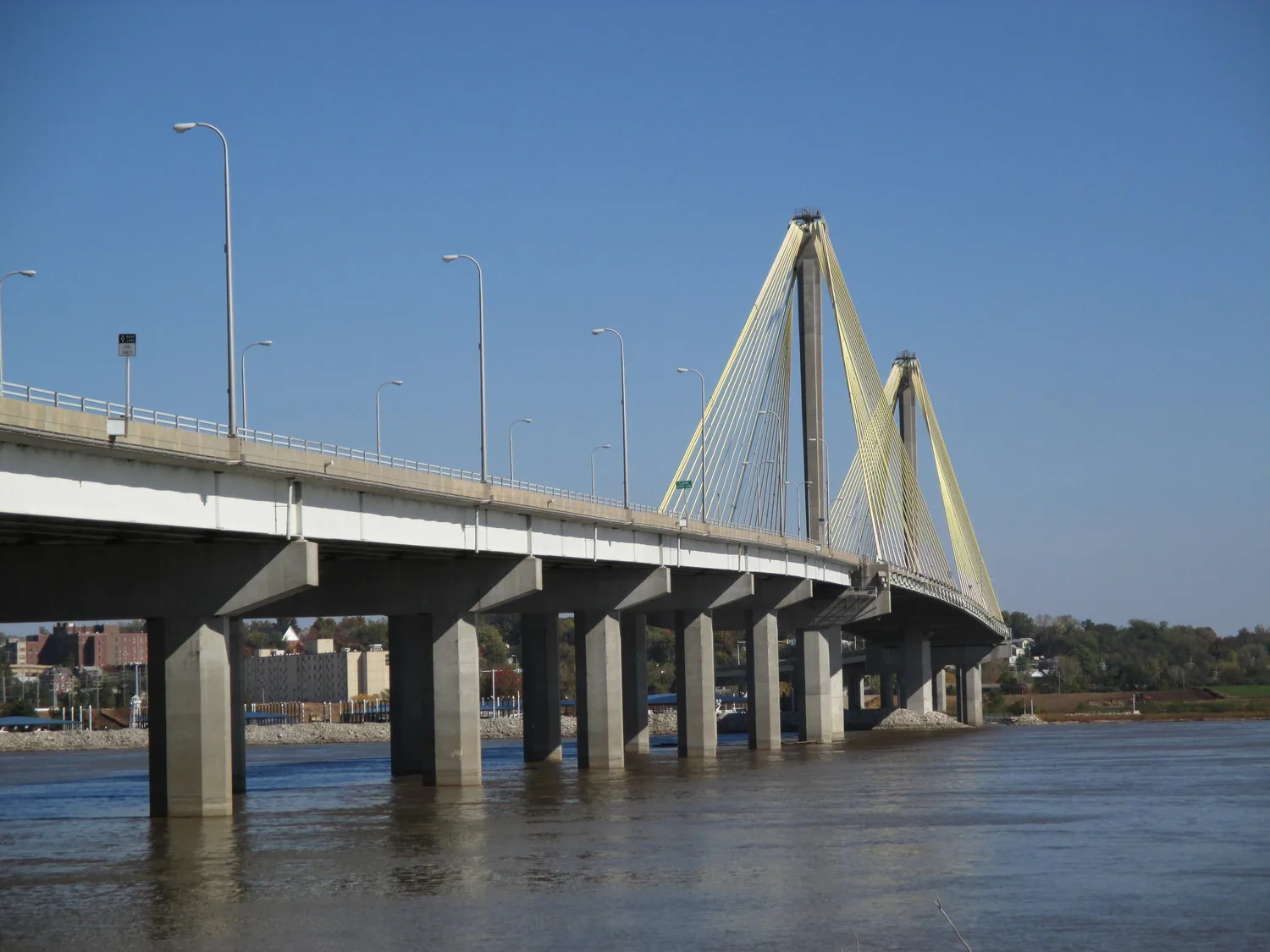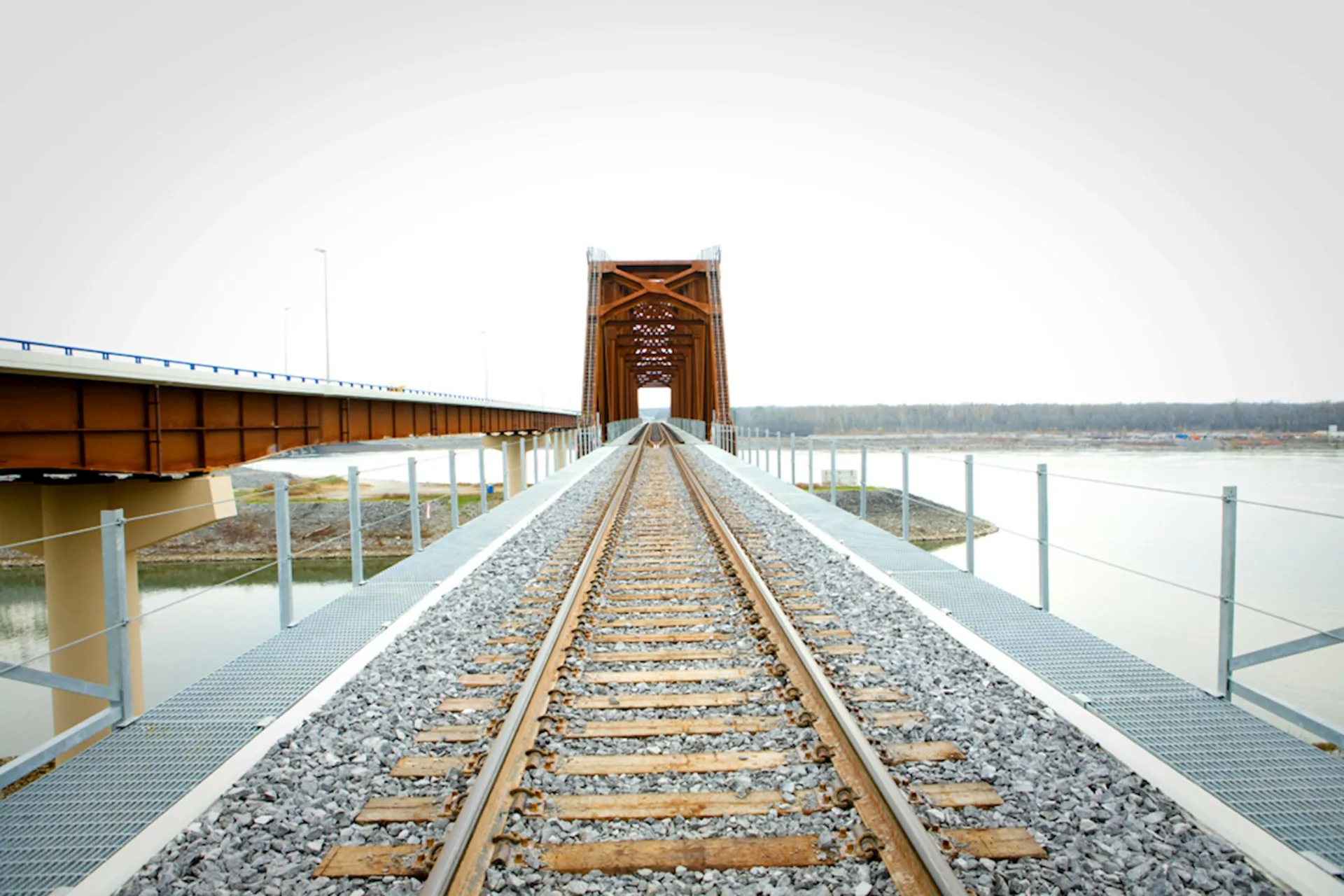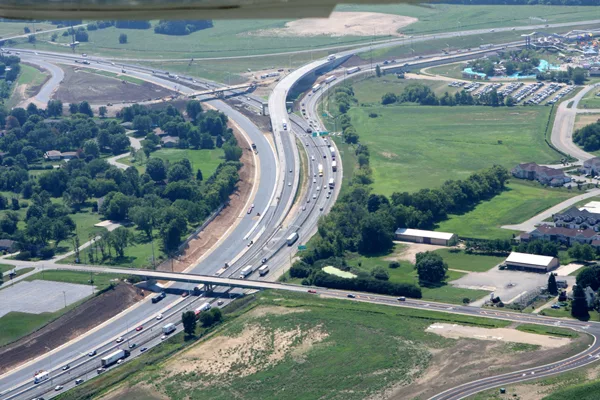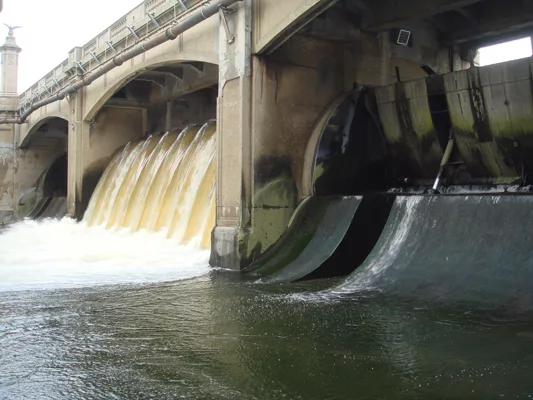 Awards
Awards
Best Project over $150 Million, Structural Engineers Association of Illinois, 2016
Outstanding Civil Engineering Achievement Award of Merit, American Society of Civil Engineers, 2016
National Recognition Award, American Council of Engineering Companies, 2015
Grand Award, Alaska Engineering Societies, 2015
Honor Award, American Council of Engineering Companies of Alaska, 2015
Col. Frederick Mears Award of Excellence, Alaska Railroad Corp., 2014
Finalist, International Bentley Systems Inc. Be Inspired Award, Bentley Systems Inc., 2014
The U.S. Department of Defense’s Joint Pacific Area Range Complex borders the wild, braided Tanana River near Salcha, Alaska. This 1-million-acre complex provides training grounds for large-scale U.S. military operations. While the Alaskan terrain provides outstanding training opportunities, access to this area was limited to ice roads during the cold, harsh winters. Improved transportation access was crucial for training and security.
The Alaska Railroad Corp. (ARRC) is extending its existing rail line 80 miles from North Pole, Alaska, to Delta Junction, Alaska. This four-phase project is expected to improve travel to the military’s training areas as well as commercial freight and passenger rail service.
Planning, designing and engineering a project of this size and scope was complex and compounded by the remote, harsh location. The ARRC selected Hanson for the design of a roadway and railroad bridge over the river, a key component of Phase 1 of its extension project.
Challenges and solutions
The bridge site presented numerous challenges for the design team, including extreme temperatures; an unpredictable, glacier-fed, reconfiguring river; flooding; ice flows, log jams and scour; and geotechnical and seismic issues in an area with minimal bedrock and active faults. Before the design process began, Hanson’s project team conducted extensive hydraulics modeling, including a 3-D physical model, to determine how the river flow, soil conditions, ice and timber might affect the bridge. Other challenges included constructing the bridge during below-zero weather and transporting 80 girders 330 miles on Richardson Highway from the port of Valdez, Alaska, to the project site.
The 20-span, 3,300-foot-long crossing is Alaska’s longest bridge and provides a safe, critical link to the military’s vast training complex and will allow the ARRC to extend its northern rail line and move residents, visitors and Alaska’s resources from the Gulf of Alaska to the Interior and beyond.
